ANIMALS
19 Bizarre Creatures That Seem Straight Out of a Dr. Seuss Tale
Published
6 months agoon
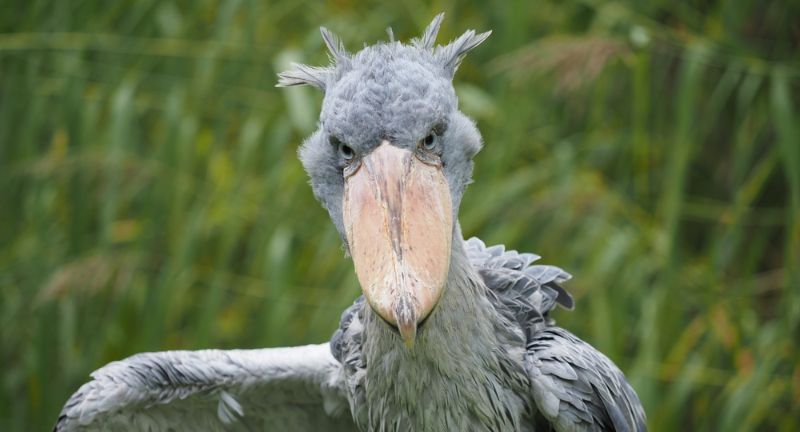
Shutterstock
Dr. Seuss’s stories are filled with whimsical creatures and fantastical lands, but the real world is home to animals that look like they could have leaped straight off the pages of his books. From deep-sea oddities to peculiar mammals and birds, these creatures possess unique features that are wonderfully bizarre. Their vivid colors, unusual shapes, and quirky behaviors make them feel like characters from a Seussian universe. As you explore these incredible animals, you’ll find yourself transported to a world where imagination and reality blur. Here are 19 creatures that look like they just stepped out of a Dr. Seuss book.
Axolotl
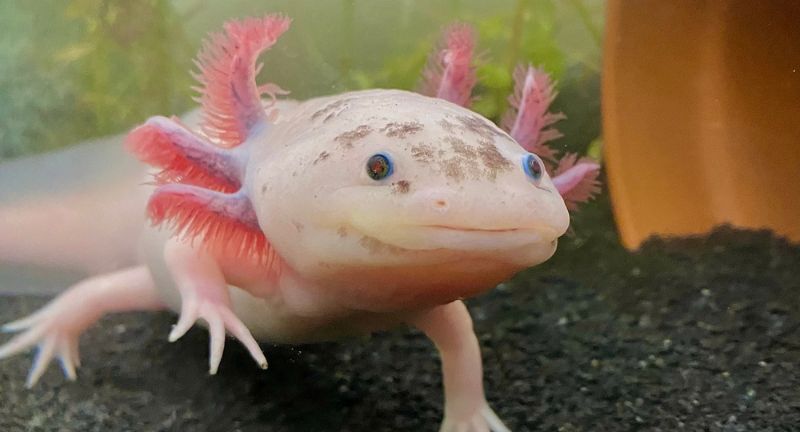
Shutterstock
The axolotl is known for its permanently smiling face and fluffy external gills, making it look like a creature straight out of a fantasy world. This amphibian can regenerate its limbs, which adds to its magical appeal. Unlike most amphibians, the axolotl remains in its larval stage throughout its life, giving it a youthful and whimsical appearance. Its quirky charm and unique features make it seem like a resident of Whoville, with an eternal grin that could warm even the Grinch’s heart.
Leafy Sea Dragon
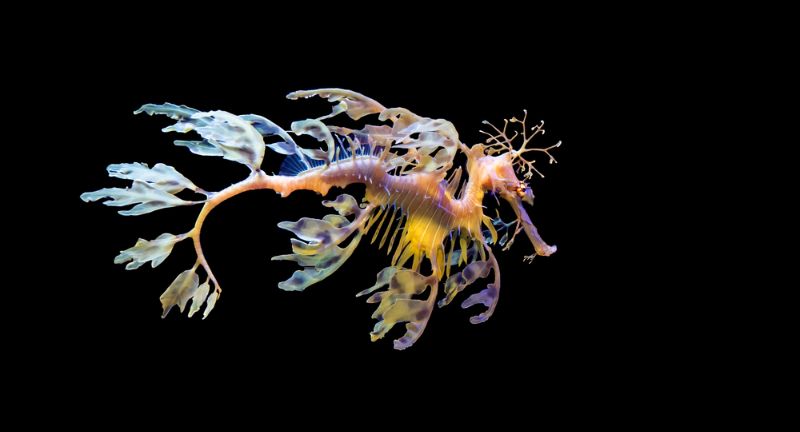
Shutterstock
The leafy sea dragon is a marine creature covered in leaf-like appendages, resembling a floating patch of seaweed. Its delicate, intricate design makes it look as if it swam right out of an underwater Dr. Seuss landscape. Despite its elaborate appearance, it is a master of camouflage, blending seamlessly with the ocean foliage. It’s the kind of creature you would expect to find in the pages of a Seussian tale about the wonders of the sea.
Blob Sculpin
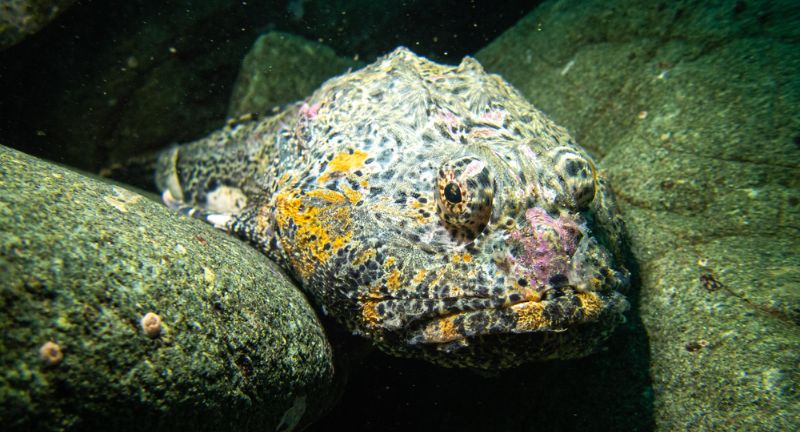
Shutterstock
With its droopy face and poppy eyes, the Blob Sculpin looks like a character conceived in a moment of whimsical creativity. Its perpetually frowning expression gives it a humorous charm that could fit perfectly into a Seussian undersea adventure. The Blob Sculpin’s unique features are the result of its deep-sea habitat, where high water pressure molds it into this unusual shape. In a world of quirky fish characters, this one would be the lovable, grumpy companion.
Pink Fairy Armadillo
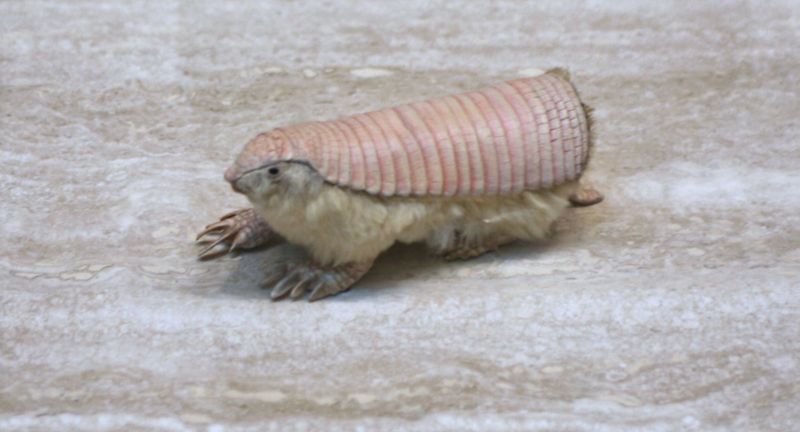
Wikipedia
The pink fairy armadillo is a tiny creature that seems plucked from a fairytale with its pink, armor-like shell and fluffy white fur. It’s the smallest species of armadillo, measuring only about six inches long, and its shell helps it burrow quickly underground. This little animal looks like it should be rolling around in a magical, pink-hued landscape crafted by Dr. Seuss. Its enchanting appearance makes it a natural fit for a story about the adventures of curious creatures in a faraway land.
Narwhal
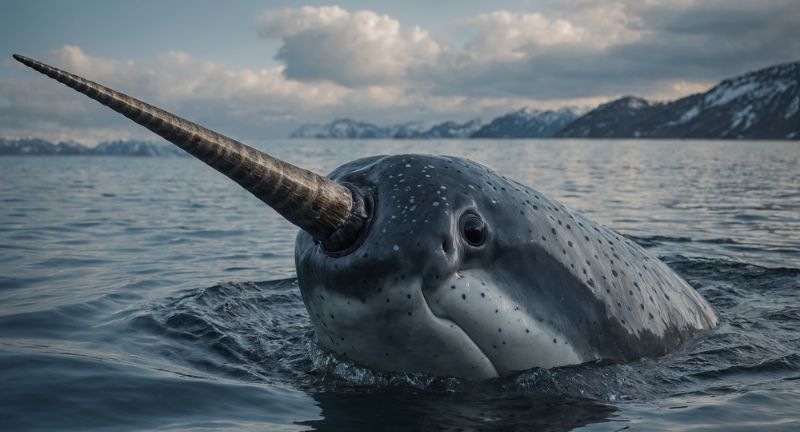
Shutterstock
Often called the “unicorn of the sea,” the narwhal sports a long, spiral tusk that gives it an enchanting, mythical appearance. This tusk, actually an elongated tooth, can grow up to 10 feet long, making the narwhal seem like a creature from a fantastical ocean. With its smooth body and mysterious tusk, it glides through Arctic waters like a whimsical character from a Seussian underwater realm. It’s easy to picture narwhals being friends with the Lorax or other Seussian creatures, exploring the icy seas together.
Proboscis Monkey
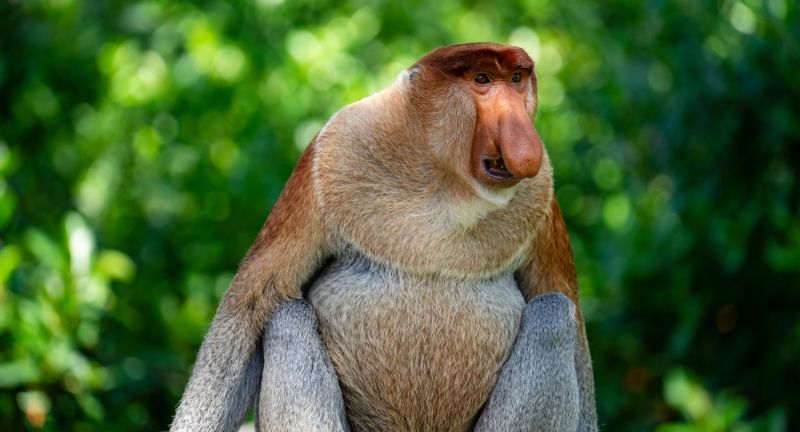
Shutterstock
The proboscis monkey, with its unusually large, bulbous nose, looks like a caricature brought to life. Its pot-bellied figure and long limbs give it a comical appearance, as if it could waddle through the forests of a Dr. Seuss world. This monkey’s exaggerated features are perfectly suited to the imaginative landscapes of Seussian tales, where everything is a bit odd and wonderfully whimsical. You can almost hear the rhymes describing its adventures among the towering trees and other eccentric animals.
Japanese Spider Crab
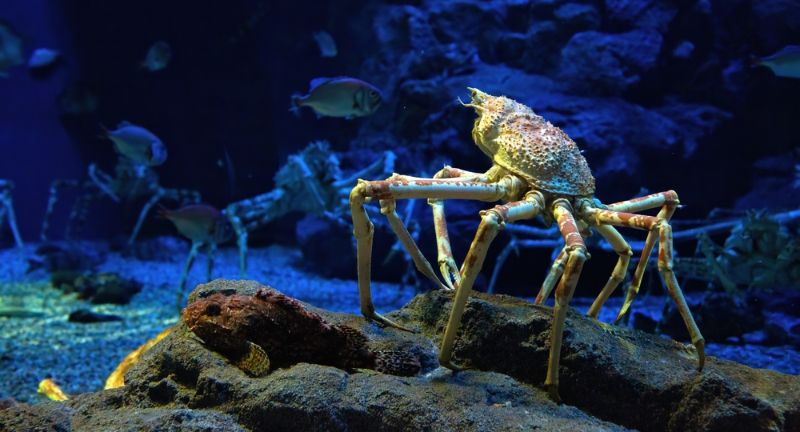
Shutterstock
The Japanese spider crab boasts an enormous leg span that can reach up to 12 feet, making it look like an alien creature crawling across the ocean floor. With its spindly legs and armored body, it resembles a fantastical being designed for a Seussian oceanic world. Its movements are slow and mechanical, as if it were a puppet in a whimsical deep-sea play. This crab would be at home in a story about the curious creatures that inhabit the oceans beneath the waves.
Gerenuk
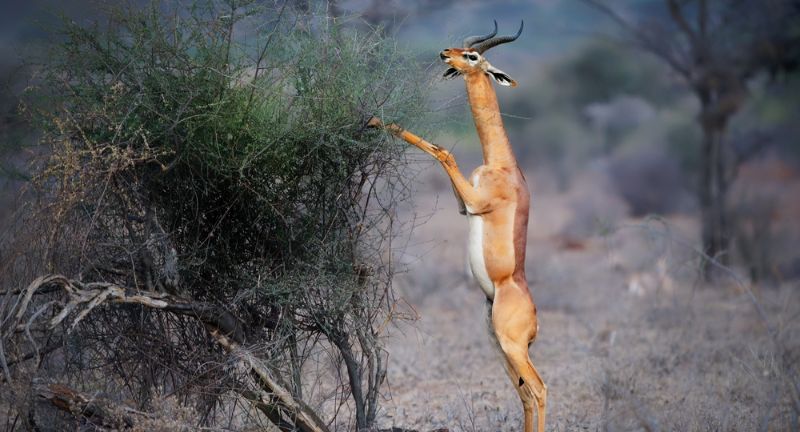
Shutterstock
The gerenuk is an antelope with an extraordinarily long neck and slender legs, giving it a graceful yet quirky appearance. It stands upright on its hind legs to reach high branches, resembling a tall, lanky character that Dr. Seuss might sketch. Its ability to stretch to great heights to nibble on leaves makes it look like it’s part of a whimsical landscape. This creature could easily be found wandering through the fantastical forests of Seuss’s imagination.
Star-Nosed Mole
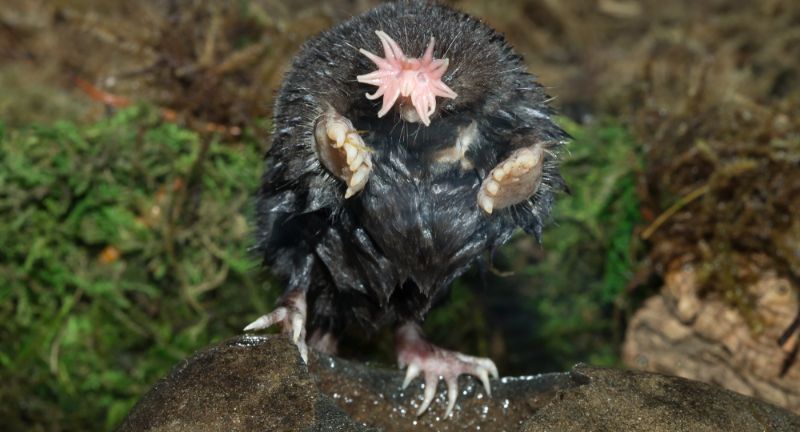
Shutterstock
The star-nosed mole has a face that seems designed for a tale about the peculiarities of nature. Its star-shaped nose is covered in sensory tentacles, making it look like a creature that tunneled out of a Seussian underground world. This nose helps it detect prey quickly, adding an element of surprise to its bizarre appearance. You can imagine it navigating through the soil in a whimsical rhyme about the wonders hidden beneath the earth.
Red-Lipped Batfish
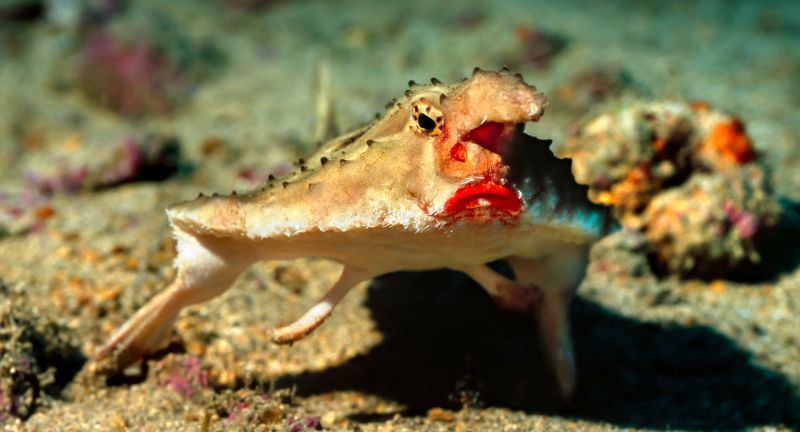
Shutterstock
The red-lipped batfish is a marine oddity with bright red lips and a flattened body that give it a constant look of surprise. Found around the Galapagos Islands, this fish looks like it’s perpetually wearing lipstick, adding to its cartoonish charm. Its behavior is as quirky as its appearance; it “walks” on the ocean floor using its modified fins. This fish could easily be imagined swimming alongside other peculiar sea creatures in a Seussian underwater world.
Aye-Aye
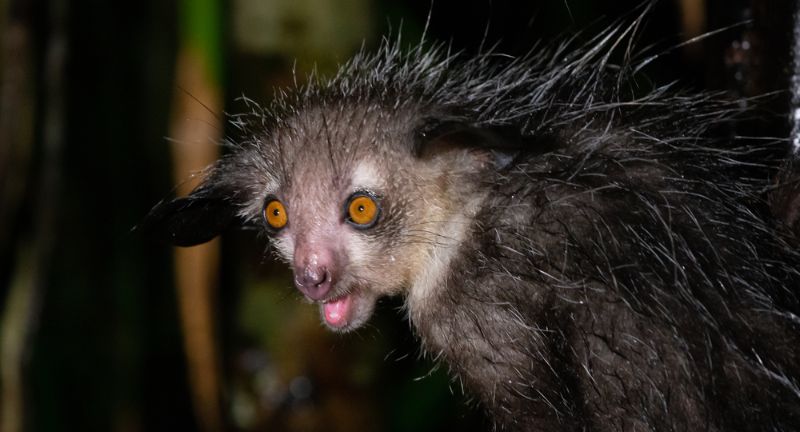
Shutterstock
The aye-aye is a nocturnal primate with large eyes, spindly fingers, and a bushy tail, giving it a ghostly, magical appearance. Its long middle finger, used for tapping on tree bark to find insects, adds to its eerie yet whimsical nature. This creature seems like it stepped out of the twisted forests of a Dr. Seuss story, where the trees and animals are full of surprises. With its curious habits and odd looks, the aye-aye is the kind of creature you might encounter on a moonlit night in a Seussian jungle.
Tufted Deer
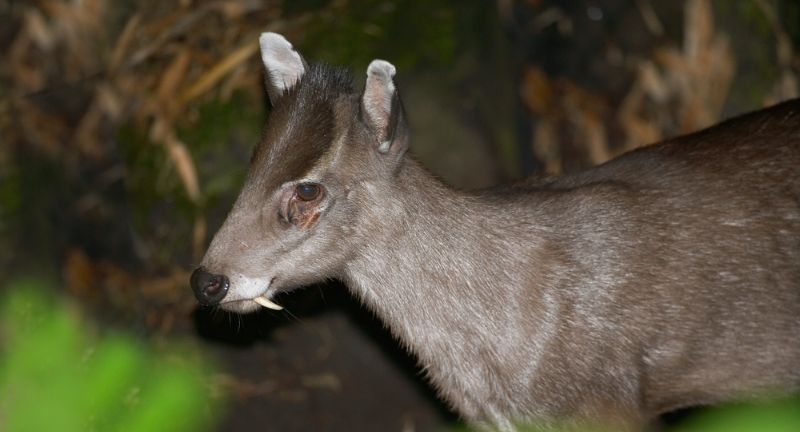
Shutterstock
The tufted deer has a small, compact body with fangs and a tuft of hair on its forehead, giving it a blend of cute and spooky. Its vampire-like teeth and delicate frame make it look like a creature that could roam a Seussian forest filled with eccentric animals. Despite its somewhat fearsome appearance, it’s a shy and gentle creature, adding to its Seussian charm. Its odd combination of features makes it seem like a dreamland creature that could only exist in the pages of a fantastical story.
Shoebill Stork

Shutterstock
The shoebill stork looks like a bird brought to life from a children’s storybook with its massive, shoe-shaped bill and stern expression. Standing over four feet tall, this bird has a prehistoric aura, giving it an otherworldly presence. Its slow movements and intense stare make it appear almost puppet-like, as if crafted by a whimsical storyteller. You can easily imagine it striding through a fantastical marshland in a Dr. Seuss adventure.
Saiga Antelope
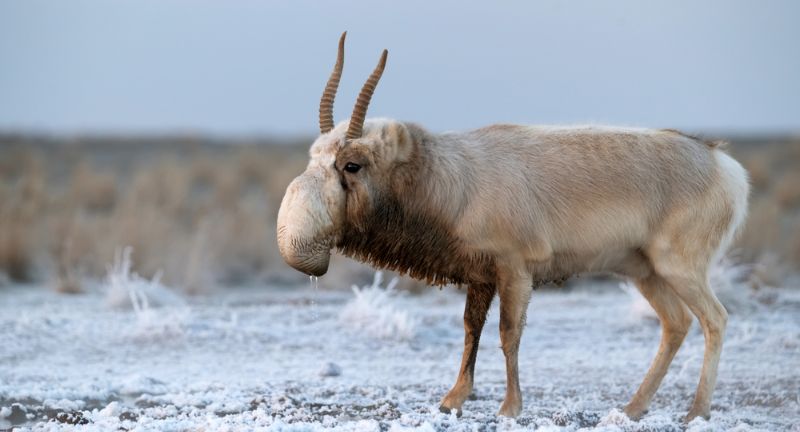
Shutterstock
The saiga antelope, with its bulbous, tubular nose, looks like it was designed by someone with a playful imagination. This unique snout helps filter dust in its arid habitat, but its exaggerated size and shape give it a comical appearance. Its slender legs and odd nose make it appear like a character wandering through the plains of a Seussian landscape. It’s the kind of creature that would be described in rhymes about a magical world where the animals all look a bit outlandish.
Mantis Shrimp
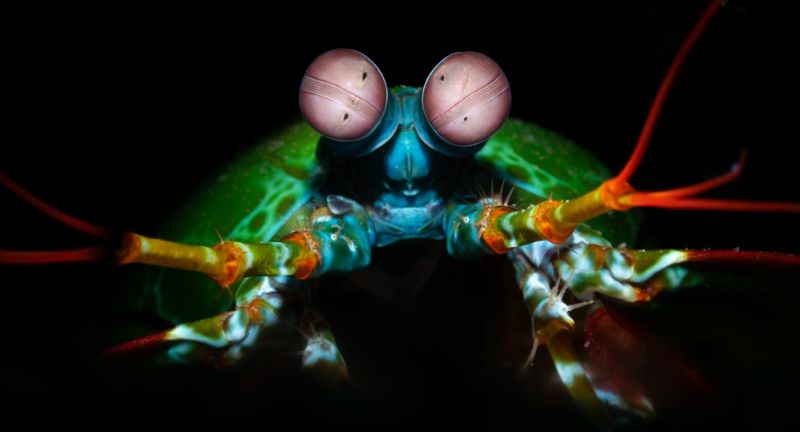
Shutterstock
The mantis shrimp is a marine marvel with vibrant colors and bulging eyes that can move independently, giving it an alien-like appearance. Its rapid striking speed to catch prey adds to its incredible, almost supernatural qualities. It looks like it belongs in a Seussian sea, with its kaleidoscope of colors and peculiar behaviors. In the world of Seuss, the mantis shrimp would be the flamboyant, eccentric sea creature that all others look up to with awe.
Long-Wattled Umbrellabird
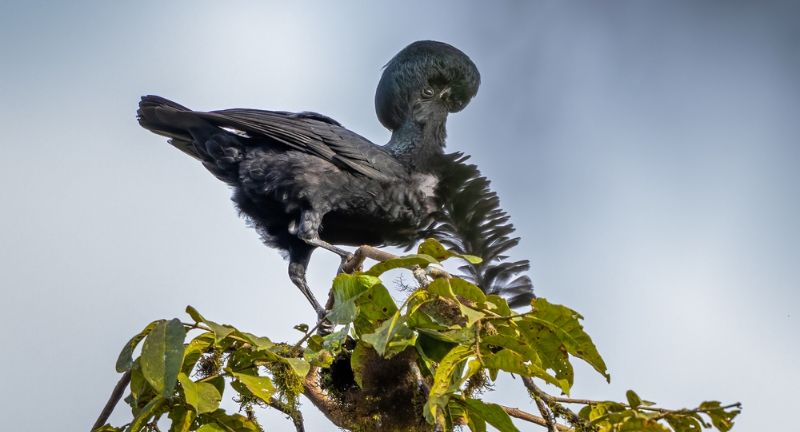
Shutterstock
The long-wattled umbrellabird sports a large, umbrella-like crest on its head and a long wattle hanging from its throat. When it sings, the wattle inflates, creating a dramatic visual effect that makes it seem like a theatrical performer. This bird looks like it could lead a chorus of fantastical creatures in a Seussian jungle. Its unusual features and showy behavior make it a natural fit for the whimsical and exaggerated world of Dr. Seuss.
Platypus

Shutterstock
The platypus has the beak of a duck, the tail of a beaver, and the feet of an otter, making it look like a creature assembled from parts of various animals. Its mishmash of features gives it an undeniably whimsical and magical appearance. This egg-laying mammal could easily fit into a Seussian tale, where creatures are celebrated for their oddities. In the rivers of a Seussian world, the platypus would glide along, befriending other curious characters.
Sunda Colugo (Flying Lemur)
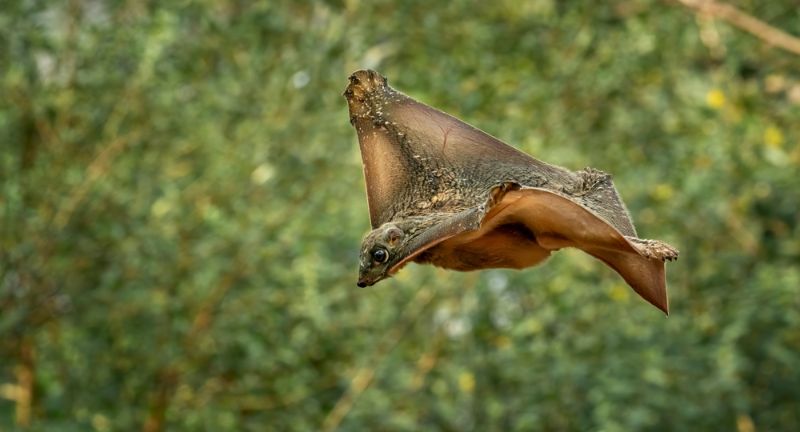
Shutterstock
The Sunda colugo, often called the flying lemur, glides through the air with the help of its wide, membrane-covered body. Its ability to float among treetops gives it an ethereal, mystical quality, as if it’s a creature of dreams. The colugo’s large eyes and delicate gliding make it appear as though it could flutter through the pages of a Seussian book. In a whimsical jungle setting, this creature would be the gentle guardian of the treetops, watching over the forest below.
Venezuelan Poodle Moth
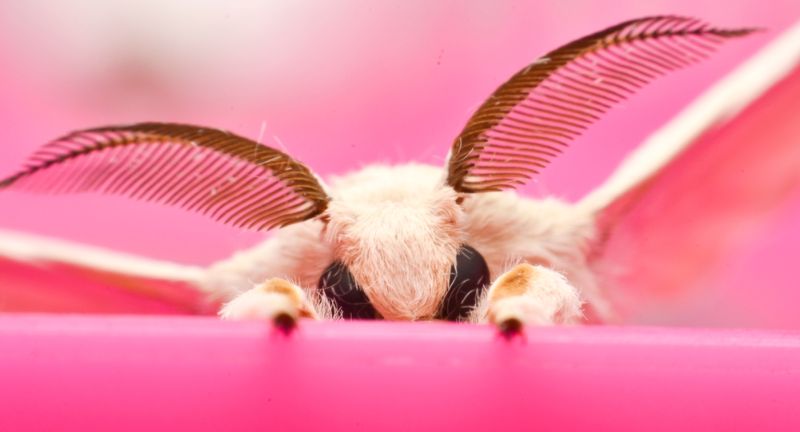
Shutterstock
Discovered in 2009, the Venezuelan poodle moth has fluffy, poodle-like fur covering its body and wings. Its adorable and otherworldly appearance makes it look like a pet that the Lorax might keep. With its large eyes and feathery antennae, it seems more suited to a world of colorful gardens and talking trees. In a Dr. Seuss story, this moth would be the delicate yet brave little creature fluttering through fields of Truffula trees.
Conclusion
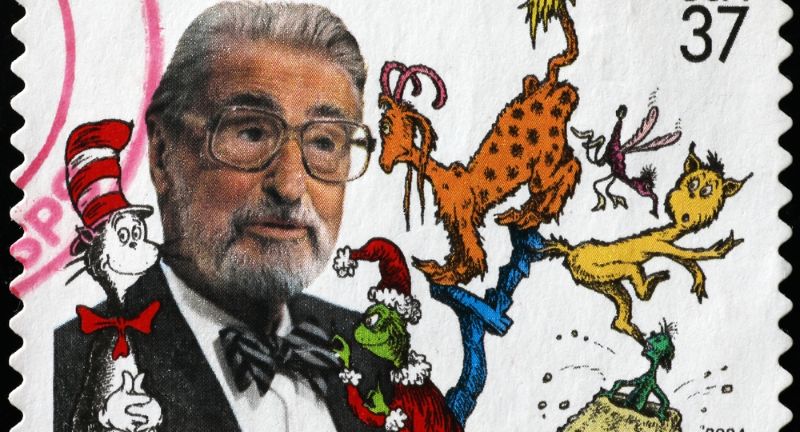
Shutterstock
From the deep oceans to dense jungles, our planet is teeming with creatures that rival the imaginative beings of Dr. Seuss’s world. These animals remind us that nature can be just as fantastical and surprising as any fictional universe. They captivate our curiosity and inspire us to look at the world with a sense of wonder and creativity. Whether it’s a fluffy moth or a smiling axolotl, these creatures invite us to embrace the beauty of the bizarre. In every corner of the globe, the extraordinary is waiting to be discovered, proving that Seussian magic exists right here on Earth.
More Amazing Animals+
-
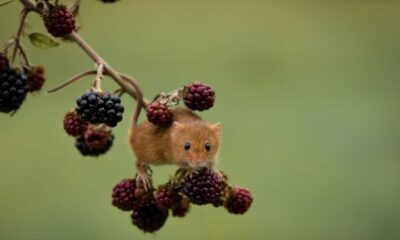

26 Animals And The Food They Love To Chow Down…
-


25 Unusual But Undeniably Adorable Baby Animals
-


Vitakraft’s Squeezable, Hand-Fed Snacks Named Best Cat Treat of 2022
-


30 Smartest Animals In The World
-


What Makes Anglerfish And Frogfish So Unique?
-
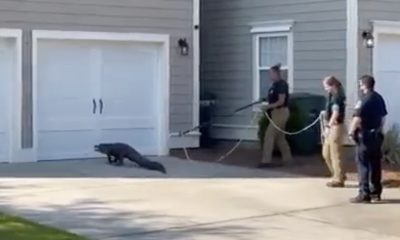

Alligator arrest outside of a school in Charleston, SC
-
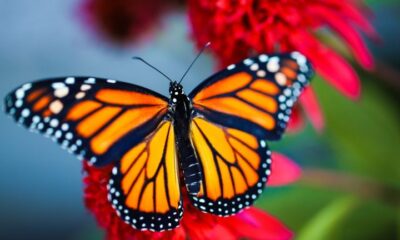

25 Facts About Monarch Butterflies And Their Remarkable Migration Journey
-


Owner of World’s Oldest Dog Reveals Secrets of Pets Long…
-
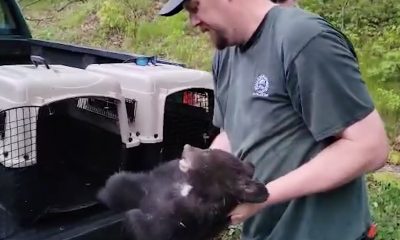

More – Orphaned bear cubs playing in tree and post-rescue…
-


27 Most Intelligent Animals And How They Problem Solve
-
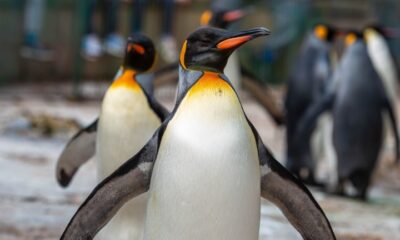

Why We Love Penguins
-
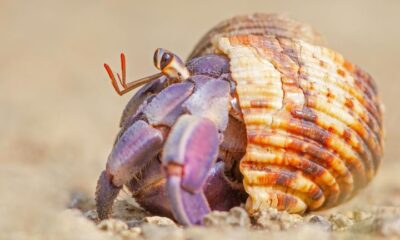

19 Strange Creatures Named After Food You’ve Never Heard Of
